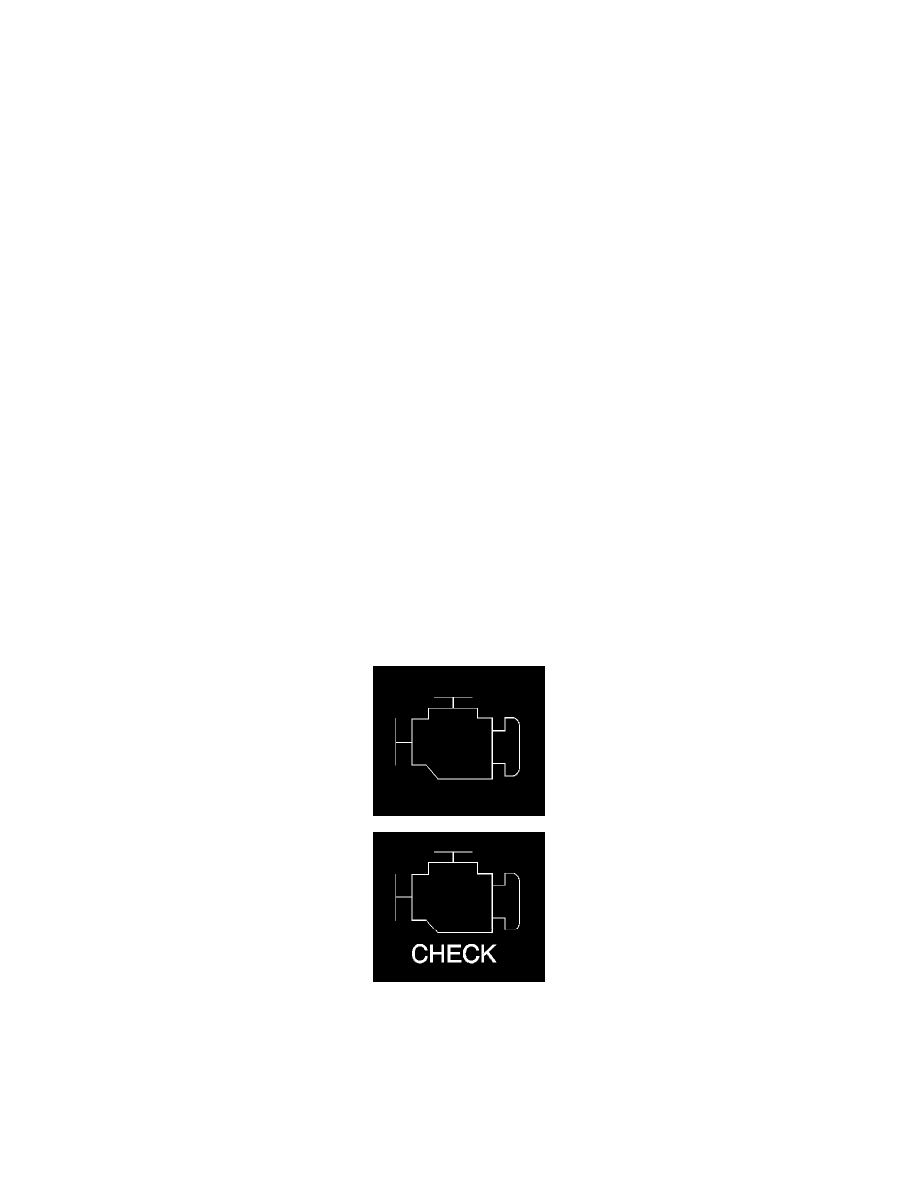HHR L4-2.2L (2007)

Engine Control Module: Description and Operation
Engine Control Module Description
Powertrain
The powertrain has electronic controls to reduce exhaust emissions while maintaining excellent driveability and fuel economy. The engine control
module (ECM) is the control center of this system. The ECM monitors numerous engine and vehicle functions. The ECM constantly looks at the
information from various sensors and other inputs, and controls the systems that affect vehicle performance and emissions. The ECM also performs the
diagnostic tests on various parts of the system. The ECM can recognize operational problems and alert the driver with the malfunction indicator lamp
(MIL). When the ECM detects a malfunction, the ECM stores a diagnostic trouble code (DTC). The problem area is identified by the particular DTC
that is set. Review the components and wiring diagrams in order to determine which systems are controlled by the ECM.
The following are some of the functions that the ECM controls:
* The engine fueling
* The ignition control (IC)
* The knock sensor (KS) system
* The evaporative emissions (EVAP) system
* The generator
* The A/C clutch control
* The cooling fan control
Engine Control Module Function
The ECM constantly looks at the information from various sensors and other inputs and controls systems that affect vehicle performance and emissions.
The ECM also performs diagnostic tests on various parts of the system. The ECM can recognize operational problems and alert the driver with the
malfunction indicator lamp (MIL). When the ECM detects a malfunction, the ECM stores a diagnostic trouble code (DTC). The problem area is
identified by the particular DTC that is set. The input and output devices in the ECM include analog-to-digital converters, signal buffers, counters, and
output drivers. The output drivers are electronic switches that complete a ground or voltage circuit when turned on. Most ECM controlled components
are operated by output drivers. The ECM monitors these driver circuits for proper operation and, in most cases, can set a DTC corresponding to the
controlled device if a problem is detected.
Malfunction Indicator Lamp (MIL) Operation
The malfunction indicator lamp (MIL) is located in the instrument panel cluster. The MIL will display as either SERVICE ENGINE SOON or one of the
following symbols when commanded ON:
The MIL indicates that an emissions related fault has occurred and vehicle service is required.
The following is a list of the modes of operation for the MIL:
* The MIL illuminates when the ignition is turned ON, with the engine OFF. This is a bulb test to ensure the MIL is able to illuminate.
* The MIL turns OFF after the engine is started if a diagnostic fault is not present.
* The MIL remains illuminated after the engine is started if the control module detects a fault. A diagnostic trouble code (DTC) is stored any time
the control module illuminates the MIL due to an emissions related fault. The MIL turns OFF after three consecutive ignition cycles in which a
Test Passed has been reported for the diagnostic test that originally caused the MIL to illuminate.
